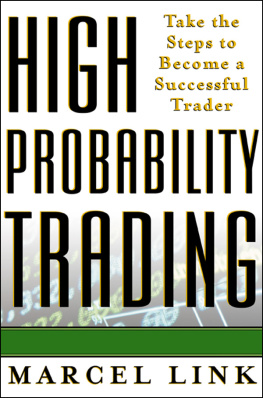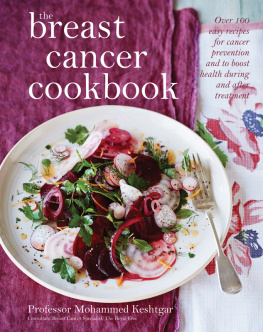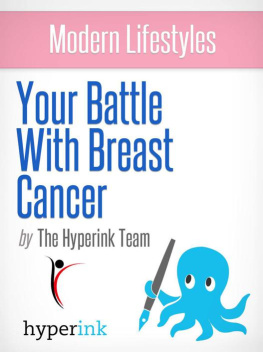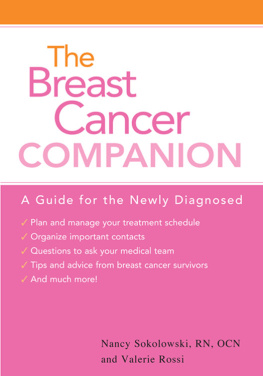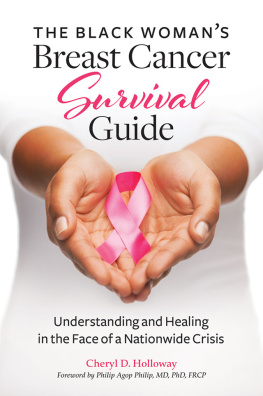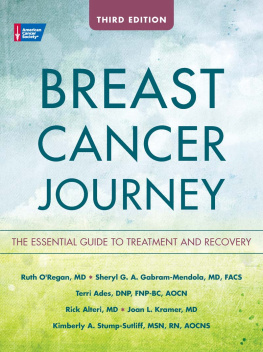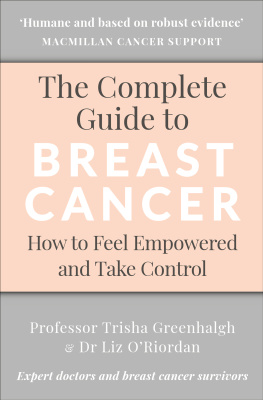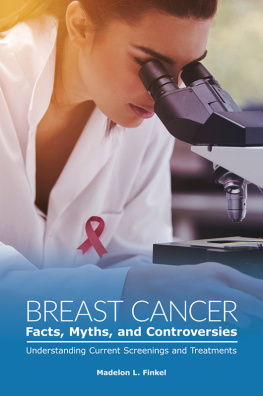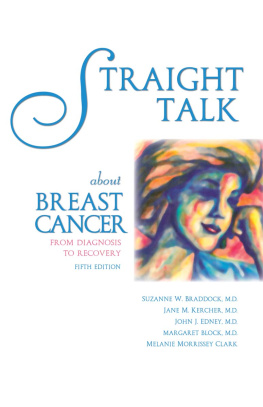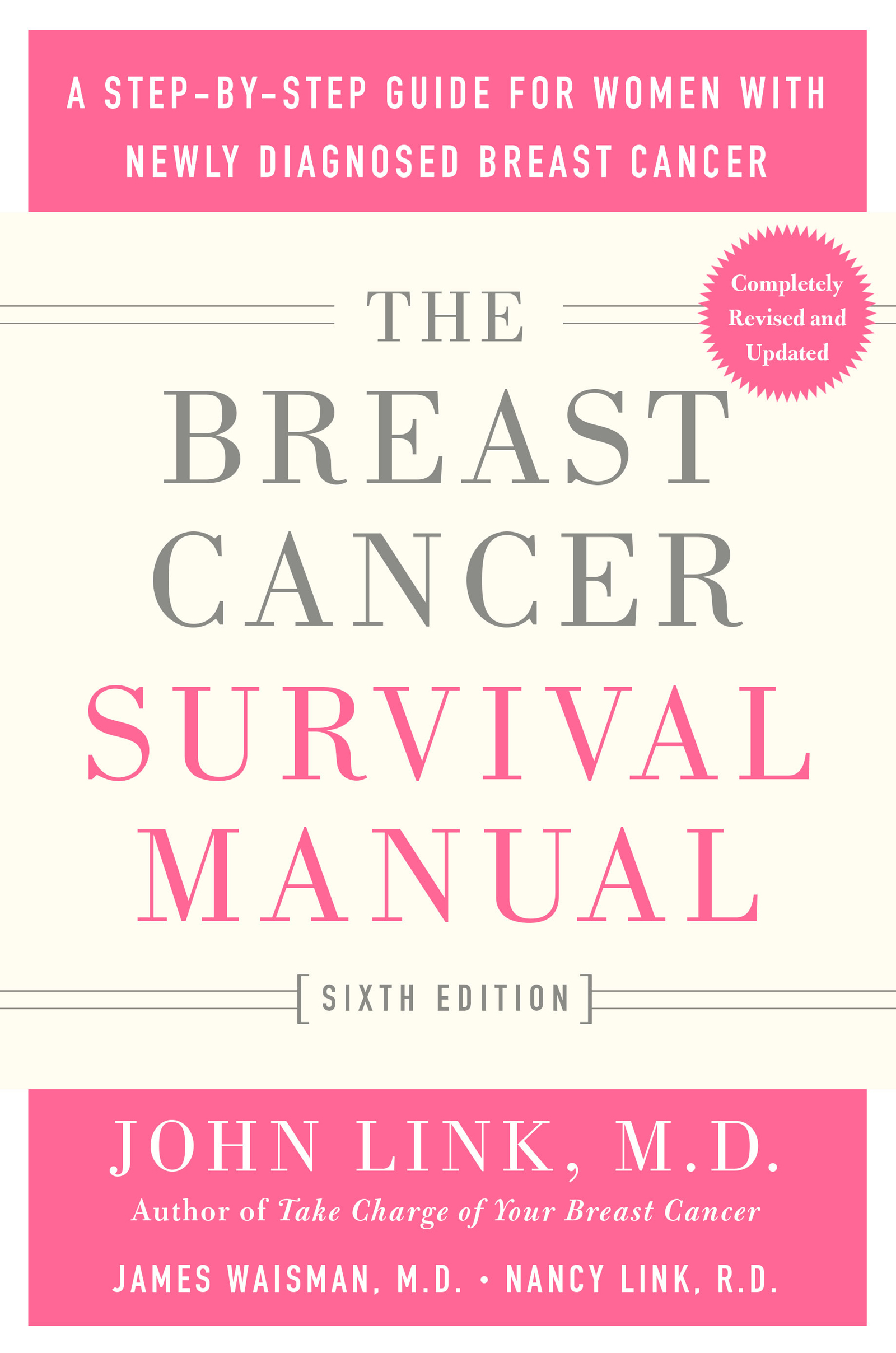Contents
Guide
Pagebreaks of the print version

The author and publisher have provided this e-book to you for your personal use only. You may not make this e-book publicly available in any way. Copyright infringement is against the law. If you believe the copy of this e-book you are reading infringes on the authors copyright, please notify the publisher at: us.macmillanusa.com/piracy.
This book is dedicated to all my patients throughout the years.
You have been my best teachers.
The Breast Cancer Survival Manual was conceived almost twenty years ago as a teaching guide for women who came to our breast cancer treatment center, Breastlink, with a newly diagnosed breast cancer. We had no idea our practice manual would receive such wide acceptance. This is the sixth edition and has required the most revisions to date because of the major advancements over the past several years.
One of the most important lessons from this book is that optimal breast cancer care and treatment requires the collaboration of dedicated breast specialists working together for you . At Breastlink, I have had the privilege of working with leading and outstanding breast cancer treatment teams in Southern California. We have five centers in Southern California and a newly opened center in New York City. Our patients are so fortunate to have talented and dedicated breast surgeons, Drs. John West, Amy Bremner, Lisa Guerra, Lisa Curcio, Hang Dang, and Nimi Kapoor in SoCal and Sharon Rosenbaum Smith, Paul Tartter, and Alison Estabrook in New York City.
The accurate diagnosis and workup of a breast cancer requires excellence in imaging and pathology. We have a superb team of breast imagers that have all done breast specialty fellowships: Drs. June Chen, Samantha Kubaska, Azita Berashi, Chris Hsu, and Tchaiko Parris. I would like to acknowledge Dr. Shu Yuan Liao and her team at O.C. Pathology for their superb contribution to our patient care.
We work with outstanding radiation oncologists throughout Southern California. I would especially like to thank Drs. Ernie Ngo and Chu Pei Feng for their instrumental role in our IORT program. We are fortunate to have highly skilled plastic/reconstructive breast surgeons at Breastlink, Drs. Justin West and Mark Gaon.
I rely tremendously on my medical oncology colleagues Wade Smith and Shlomit Ein-Gal, who are brilliant and dedicated to delivering the most current treatment possible.
We, the doctors, could not possibly provide the care we do without our dedicated staffs from our front desk receptionists to our medical assistants, our nurse practitioners, physician assistants, and the dozens of staff members that interact with our patients to achieve the best care possible. Research is critical to what we do, and we have a terrific research team under the leadership of Kristi Maya. We have a strong patient support program with survivor volunteers under the direction of Jill Canales and a psychotherapy program under the direction of Lisa Donely.
I would especially like to acknowledge and thank my wife, Nancy Link, R.D.N., who is our nutritional counselor and my coauthor, best critic, supporter, and editor. This edition of The Breast Cancer Survival Manual would not have been possible without her tireless effort.
I cannot bypass this opportunity to express gratitude to my parents, who raised me with love and gave me every opportunity to pursue my dreams. Both died far too early from this disease called cancer. My mother provided me with a wonderful New Zealand heritage and taught me to the last days of her life about hope and dignity. My father, a kind and gentle elementary schoolteacher, provided me with a brilliant example of how to live ones life with compassion and grace.
Heroes are a good thing to have and call upon for inspiration. I have had a number of them, but two stand out: my track coach at the University of Southern California, Willie Wilson, who died from cancer when I was nineteen years old, and my boyhood hero, Sir Edmund Hilary. Both of these gentlemen were the epitome of courage and dedication.
Breastlink would not be possible as it is today without the vision and support of Howard Berger, M.D. Dr. Berger, the founder of RADNET, took Breastlink ten years ago from a fledgling practice to a bicoastal group of centers that provide state of the art breast cancer treatment and research.
Last, and most important, I would like to thank my patients through the years, as they have been my greatest teachers and are responsible for this book.
JSL
This book is a crisis manual for women who are newly diagnosed with breast cancer. It is the sixth edition of The Breast Cancer Survival Manual, which I have written over the past twenty years. The really good news is that the vast majority of women who read this edition of the Survival Manual will be cured of breast cancer! This outcome is much more likely than it was twenty years ago because of early diagnosis and new, more effective, and less toxic treatments.
However, breast cancer is still a crisis, and this manual is an attempt to put into words what we do on a daily basis, which is help women who are newly diagnosed with breast cancer understand what they are up against and develop a plan to overcome this obstacleand, I would even say, achieve a cure.
When women receive the life-threatening and life-altering diagnosis of breast cancer, we ask them to become educated immediately so that they can make critical treatment decisions. We ask this at a time when most are experiencing fear, panic, and disbelief. Regardless of your prior knowledge about the disease or your age or life situation, no one is immune to a natural sense of urgency and fear.
Women probably experience a sense of urgency because they have a perception of breast cancer that is out-of-date: before the 1970s, the one-stage mastectomy, or removal of the entire breast including muscles and lymph nodes (a radical mastectomy), was the only option. With the discovery of a breast lump, surgeons had their patients in the operating room within hours. There was no preoperative workup in those days. If a woman awoke with pain and heavy bandages, she knew it was cancer.
Significant progress has been made since that time. Breast cancer can present as a lump, but more often it presents as an abnormal mammogram before any lump can be felt or noticed. The diagnosis is made by a needle biopsy. Cells are pulled out of the breast and analyzed. If the diagnosis is cancer, there is timeyes, timeto become knowledgeable and prepared, to request second opinions and develop a treatment plan, and to gather together your treatment team.
We have come a long way from the one-step, one-size-fits-all mastectomy. Today every womans situation is unique, based on how the cancer looks under the microscope, the size of the tumor, and whether cancer cells have spread to the lymph nodes. We are even beginning to look at the mutations in the DNA of the cancer cells. And then there is the woman herselfher age, health, and life situation. Often, surgery is not the first step. Genetic testing may be used to help assess future risks and guide decisions about different treatment options. Chemotherapy or hormone therapy may be used to shrink the tumor before undergoing surgery. The goal of individualized treatment strategies is to achieve a cure with the least amount of side effects. It is important to develop a treatment plan that does not burn any bridges that would be difficult to repair in the future, eliminating other courses of action that could be employed later.


